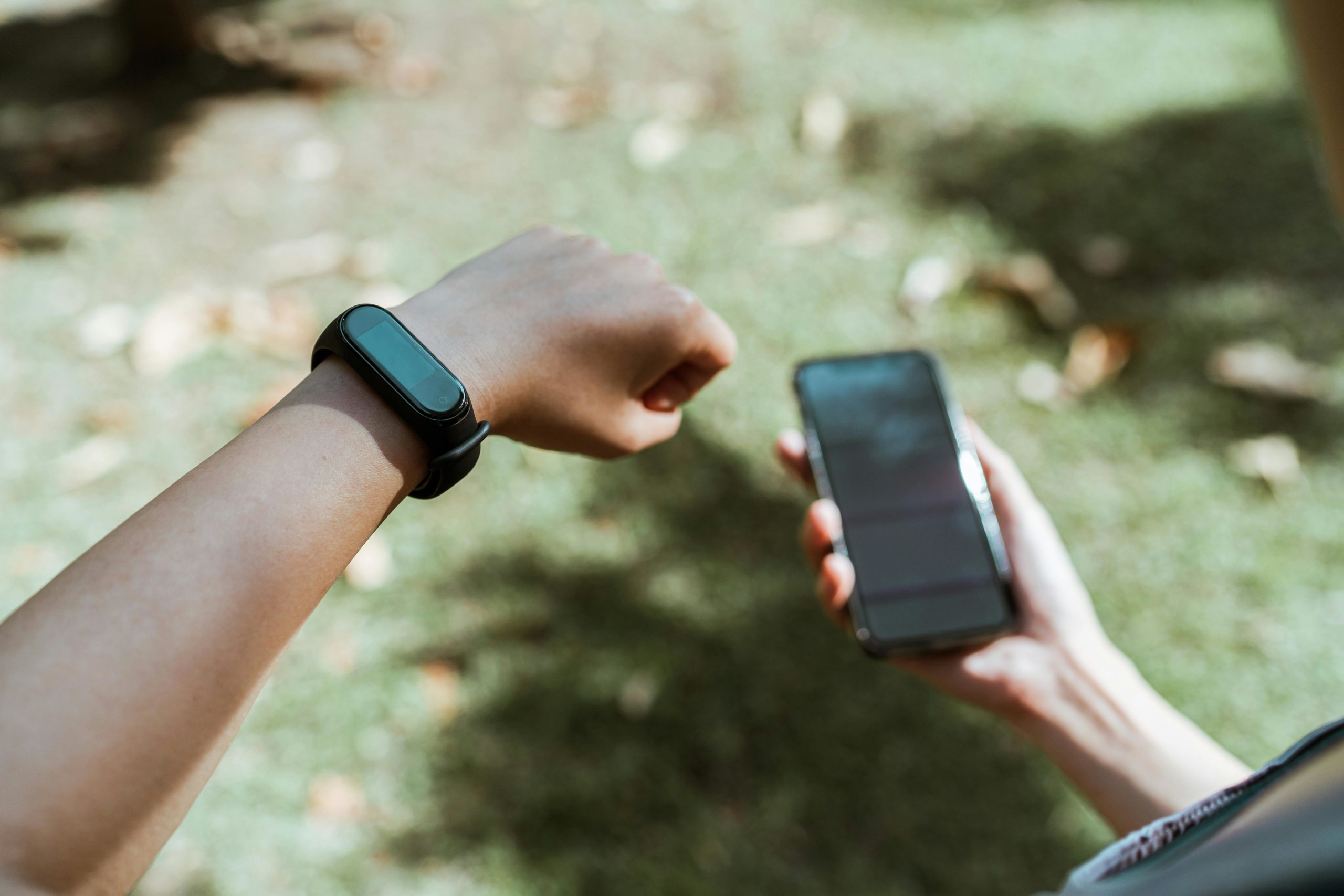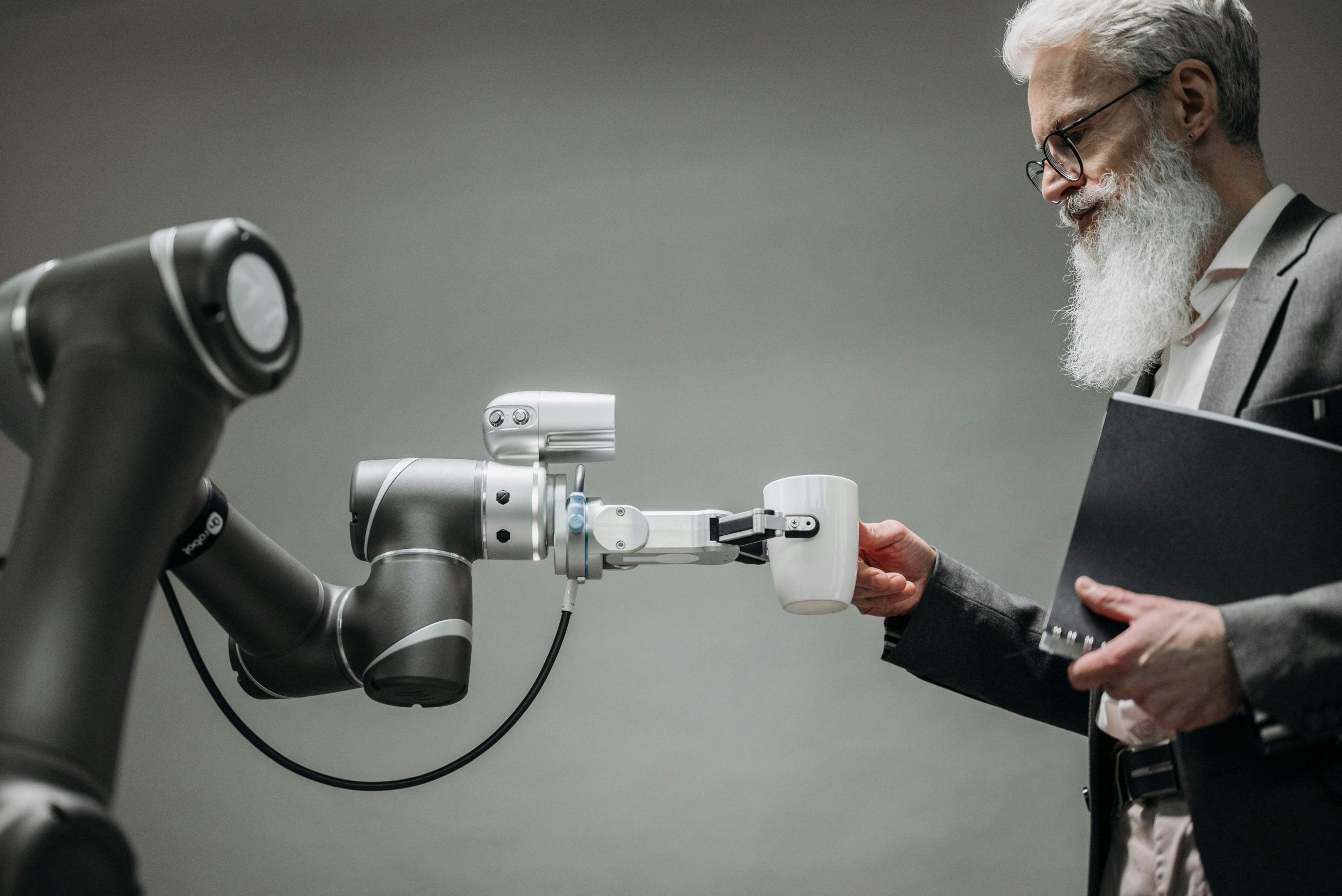Mental Health Apps Artificial Intelligence Experience Design
Today there are apps that allow you to track your mental wellbeing by logging your moods and by taking standardized mental health assessments to understand your current risk of depression and anxiety. Note: If you have concerns about your mental health, consult a clinician. If you are distress or struggling with your feelings, please call … Read more











